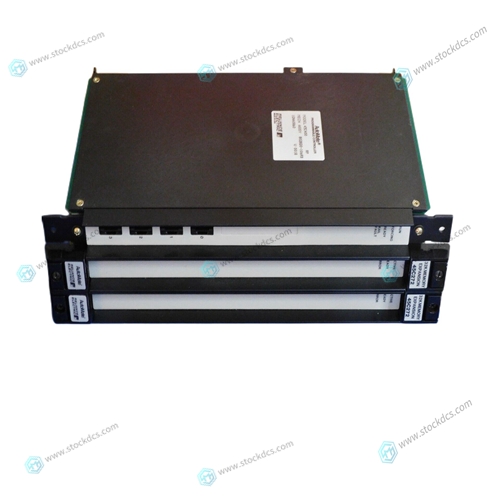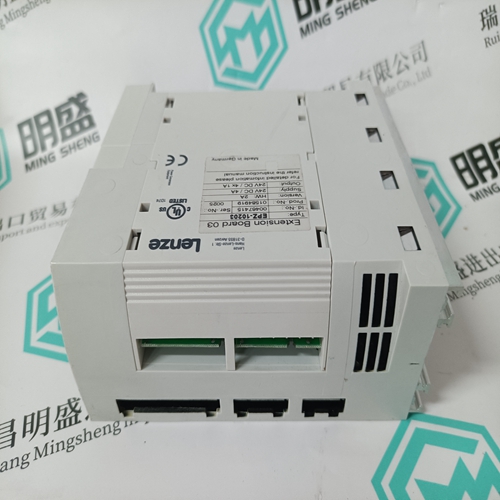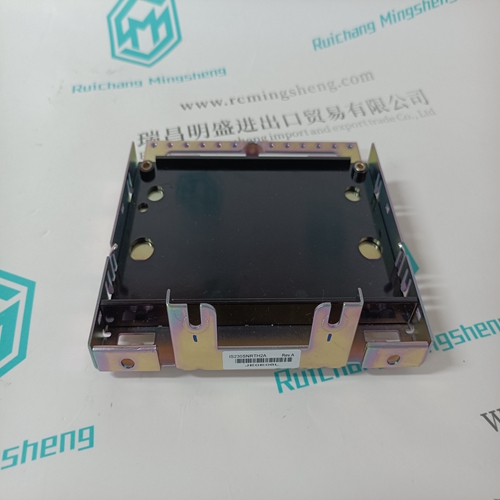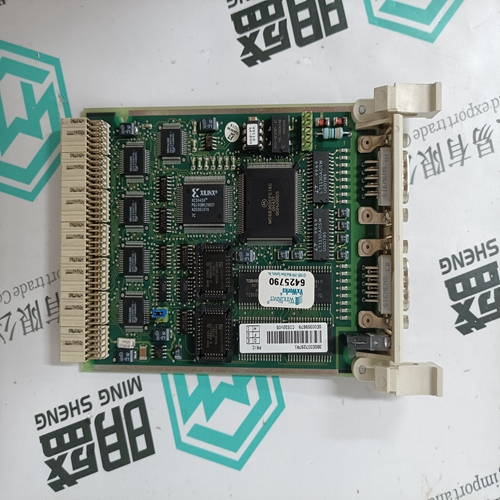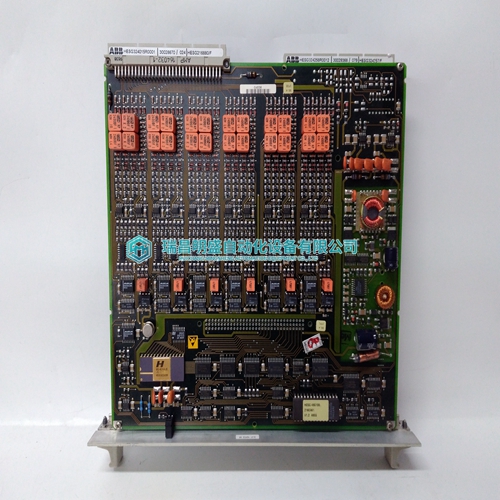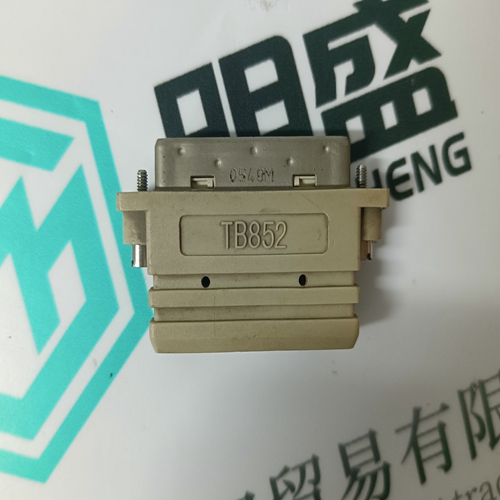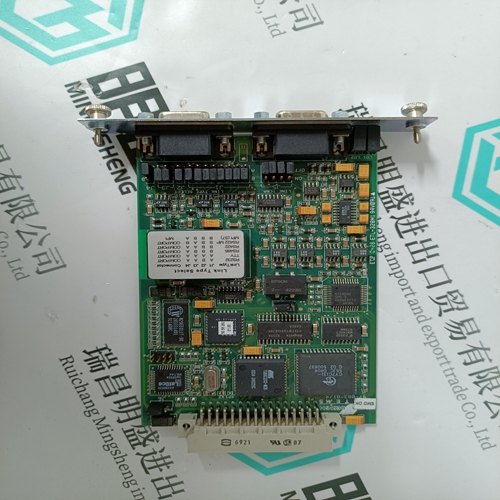Home > Product > PLC programmable module > RELIANCE 45C272 Redundant output module
RELIANCE 45C272 Redundant output module
- Product ID: 45C272
- Brand: Reliance
- Place of origin: The United States
- Goods status: new/used
- Delivery date: stock
- The quality assurance period: 365 days
- Phone/WhatsApp/WeChat:+86 15270269218
- Email:xiamen2018@foxmail.com
- Tags:RELIANCE45C272Redundant output module
- Get the latest price:Click to consult
RELIANCE 45C272 Redundant output module
172Bug includes:
❏ Commands for display and modification of memory
❏ Breakpoint and tracing capabilities
❏ A powerful assembler/disassembler useful for patching programs
❏ A “self-test at power-up” feature which verifies the integrity of the system In addition, the TRAP #15 system calls make various 172Bug routines that handle I/O, data conversion, and string functions available to user programs. 172Bug consists of three parts:
❏ A command-driven user-interactive software debugger, described in this chapter. It is referred to here as “the debugger” or “172Bug”.
❏ A command-driven diagnostic package for the MVME172LX hardware, referred to here as “the diagnostics”.
❏ A user interface or debug/diagnostics monitor that accepts commands from the system console terminal.
When using 172Bug
you operate out of either the debugger directory or the diagnostic directory.
❏ If you are in the debugger directory, the debugger prompt 172-Bug> is displayed and you have all of the debugger commands at your disposal.
❏ If you are in the diagnostic directory, the diagnostic prompt 172- Diag> is displayed and you have all of the diagnostic commands at your disposal as well as all of the debugger commands. Because 172Bug is command-driven, it performs its various operations in response to user commands entered at the keyboard. When you enter a command, 172Bug executes the command and the prompt reappears. However, if you enter a command that causes execution of user target code (for example, GO), then control may or may not return to 172Bug, depending on the outcome of the user program.
172Bug Implementation
MVME172Bug is written largely in the "C" programming language, providing benefits of portability and maintainability. Where necessary, assembler has been used in the form of separately compiled modules containing only assembler code. No mixed language modules are used. Physically, 172Bug is contained in a single 27C040 DIP EPROM installed in socket XU2, providing 512KB (128K longwords) of storage. Optionally, the 172Bug can be loaded and executed in a single Flash memory chip. The executable code is checksummed at every power-on or reset firmware entry, and the result (which includes a pre-calculated checksum contained in the memory devices) is verified against the expected checksum.







Professional seller
Professional sales of major electrical brand products in the world
Overseas direct purchase of products, authentic inventory, price concessions
After sales warranty, complete models, same products, different prices and services
